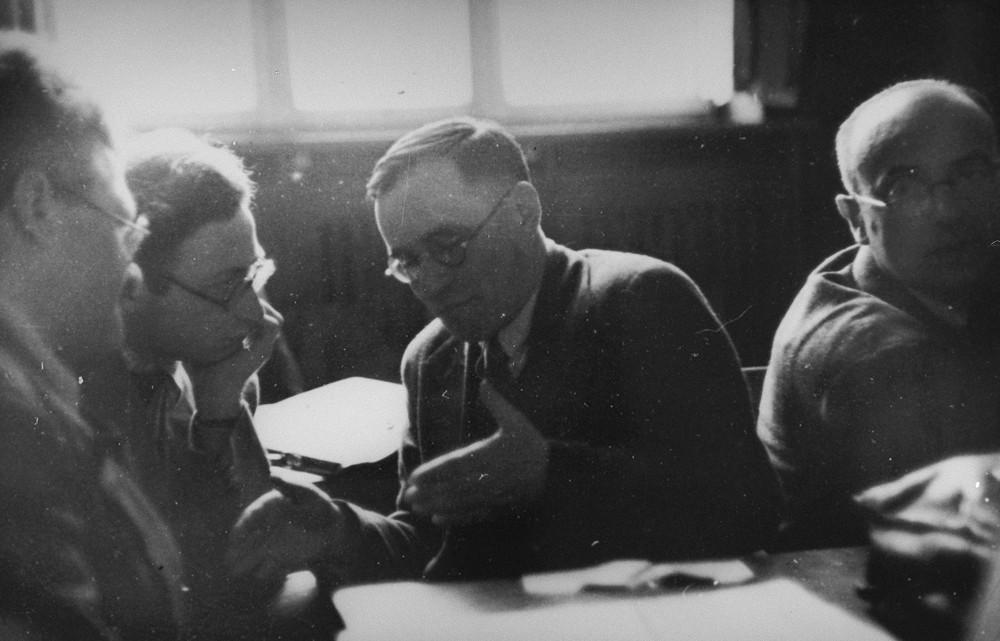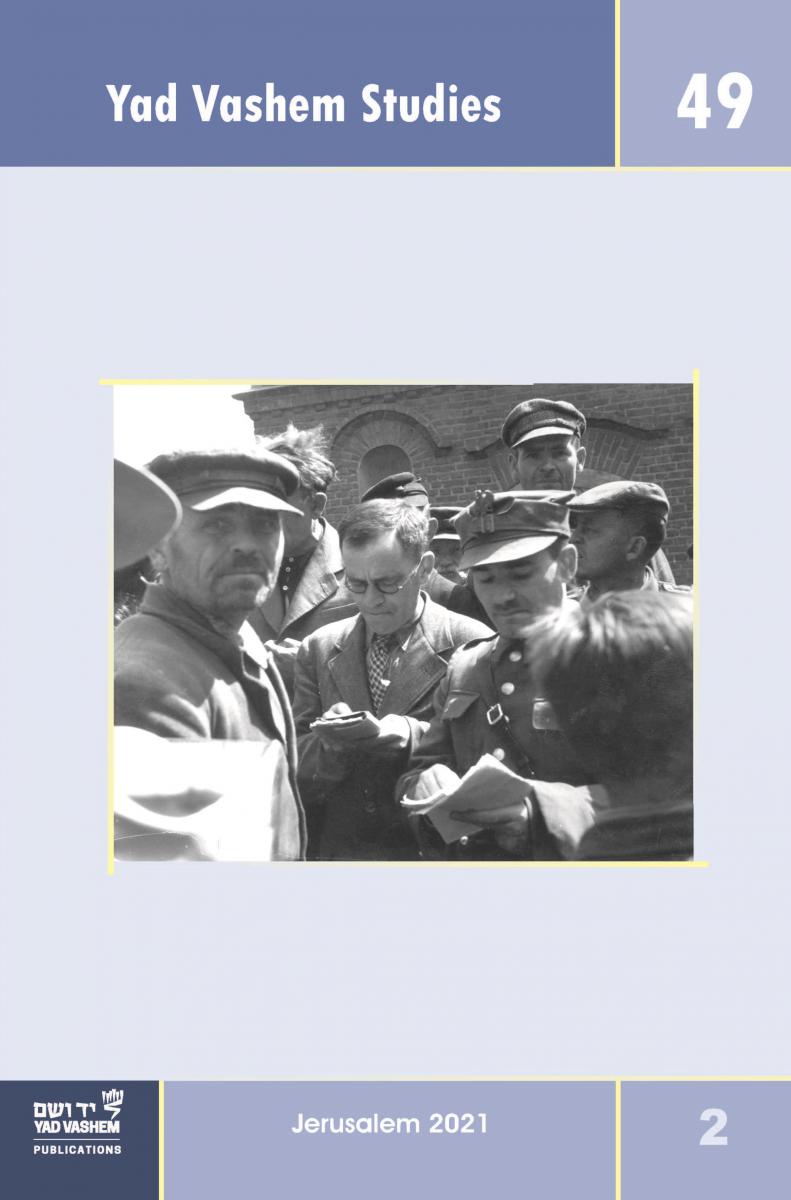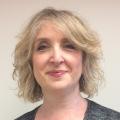
USHMM/Nachman Zonabend


Yad Vashem

Karin Stoll
Dr. Katrin Stoll is a German-born Holocaust historian, today residing in Warsaw. In the new volume of Yad Vashem Studies (49:2), she takes a fascinating look at her chance findings of deeply personal accounts in the archive carefully built by Holocaust survivor Nachman Blumental in the 1940s.
Nachman Blumental was a Polish-Jewish historian who studied literature and languages before WWII. He survived the Shoah by fleeing to the Soviet Union, and wrote for many underground newspapers. In 1944 he returned to Poland, where, together with historians, linguists and others, he established the Central Jewish Historical Commission. For three years, the Commission transcribed 3,000 survivor testimonies and amassed Nazi paperwork and documentation of ghetto life. In 1947, the Commission was reorganized into the Jewish Historical Institute in 1947, and Blumental was appointed its first director. He was particularly fascinated by the euphemisms utilized by the Nazis, and published the first (and regretfully only) part of Slowa niewinne (Innocent Words), a dictionary of sorts that he hoped would reveal the true meaning of Nazi phraseology. In 1950 Blumental immigrated to Israel, where he continued his archival endeavors, including at Yad Vashem.
Thanks to her participation in the 2017 Yad Vashem international research workshop entitled “Documenting the Holocaust in Nazi-Occupied Poland: Considering New Sources,” Dr. Stoll was given the opportunity to contact Nachman Blumental’s son Miron Blumental. In August 2018, she went to visit him in his home in Vancouver, Canada, in order to see the renowned archive for herself.
Her visit accomplished way more than she could have expected. "My aim was to find the second part of Słowa niewinne. While I did not find it and Miron considers it to be lost, I came across something unpredictable: Nachman Blumental’s handwritten notes in Polish on the murders of his wife Maria and his three-year-old son Ariel on 7 June 1943 in Wielopole."
It appears that for the zamler (collector) Nachman Blumental, every piece of documentation from the time of the German occupation was of importance. He considered it vital to gather every piece of documentary evidence that could be found, even those items that at face value appeared as insignificant, even trivial, but in fact could ultimately help to incriminate those responsible for the murders. He produced evidence for the participation of Poles in the murders of his wife and son – buried among thousands of Holocaust-related papers and documents. Through this discovery, Dr. Stoll was able to reinterpret the course of events reconstructed by Nachman Blumental in 1948.
"What I learned from that period is that it is most important to listen to the children of survivors and to make sure that they are not left alone with their pain and grief," says Dr. Stoll. "My contribution to the retrieval of the Blumental archive will enable other Holocaust scholars to continue Blumental’s linguistic research and to understand the necessity of writing a new history of the Shoah from the perspective of survivor scholars."
"The publication of Dr. Stoll’s article gives voice to Blumental's painstaking endeavor to discover what happened to his wife and son during the Nazi occupation," says Dr. Sharon Kangisser Cohen, Yad Vashem Studies Editor-in-Chief and Director of the Diana and Eli Zborowski Center for the Study of the Aftermath of the Holocaust. "Blumental was not alone in trying to investigate the fate of family and friends; many survivors embarked on such extensive searches after the war. Dr. Stoll gives voice to Blumental’s personal tragedy. His notes remind us that many of the individuals who were deeply involved in postwar efforts at research, commemoration and documentation of the Holocaust were also survivors, who had suffered great personal losses. After leaving Poland, Nahman Blumental worked at various institutions, including Yad Vashem. It is therefore significant that Yad Vashem Studies is able to publish an article that recounts his remarkable investigation. The discovery of the archive also alerts us to the possibility that there are more archival collections and documents yet to be found and made accessible to scholars and researchers."










